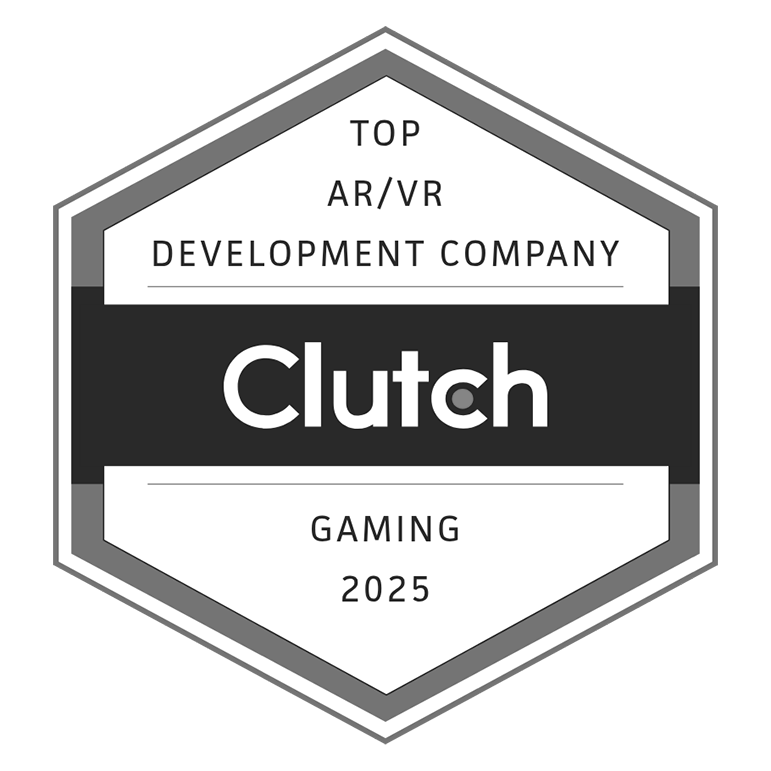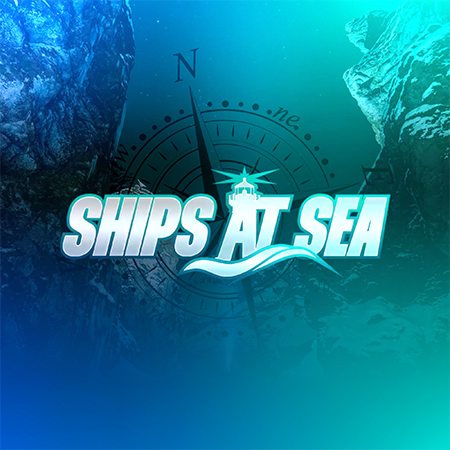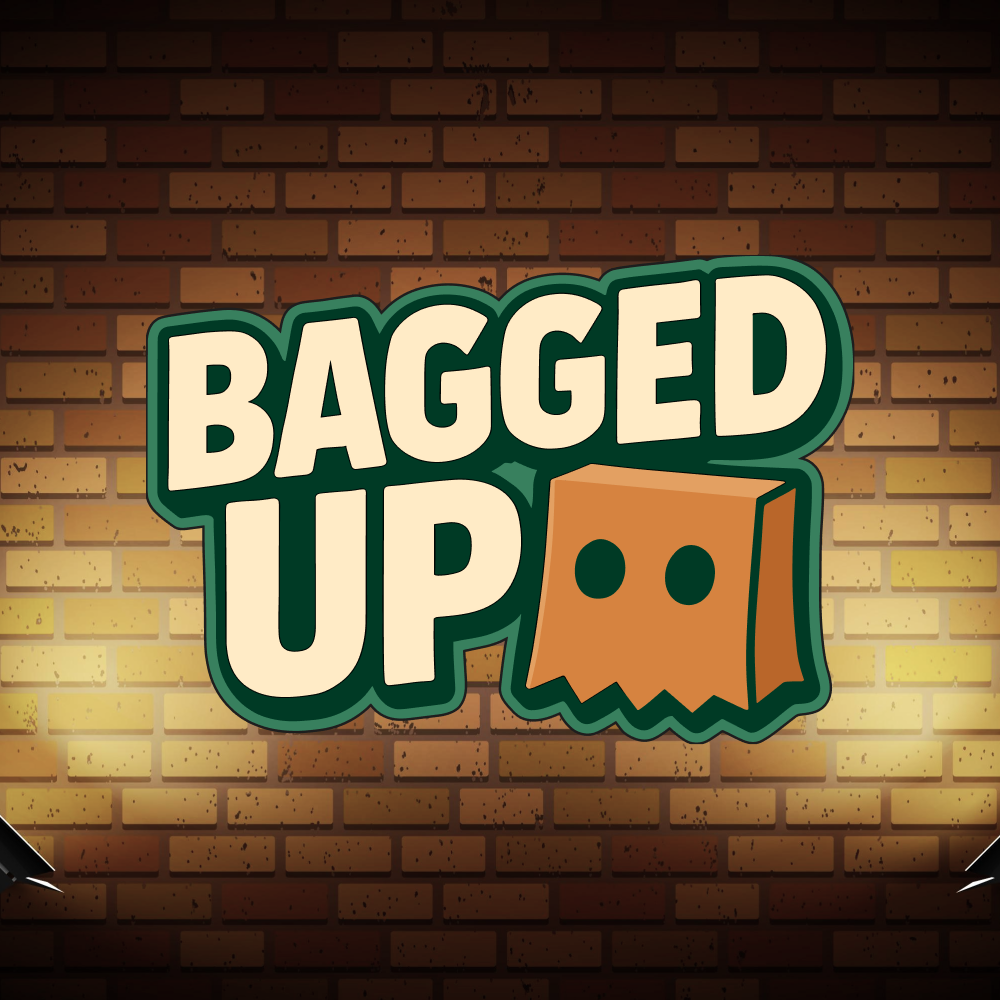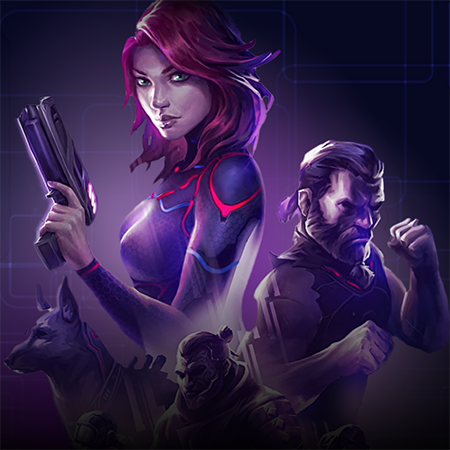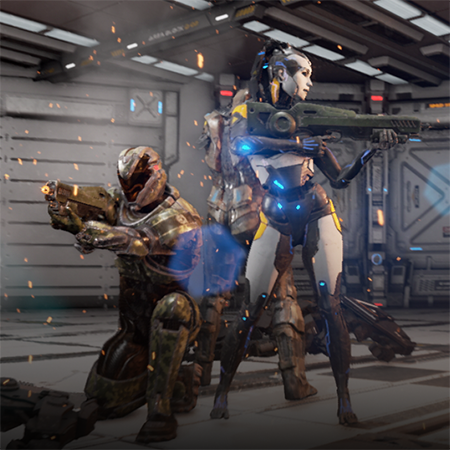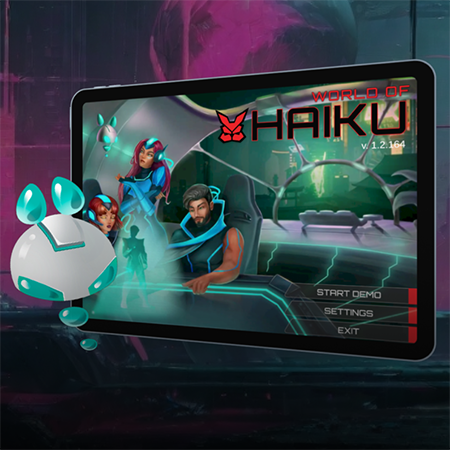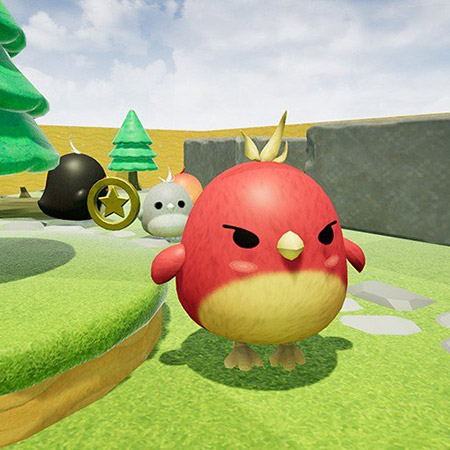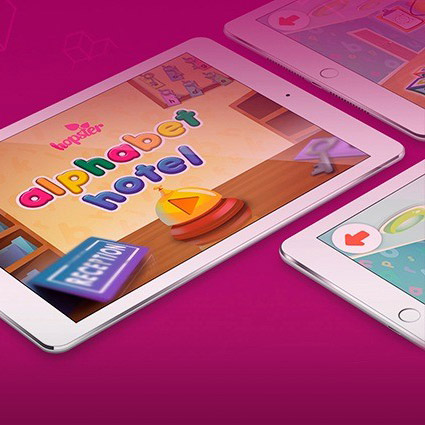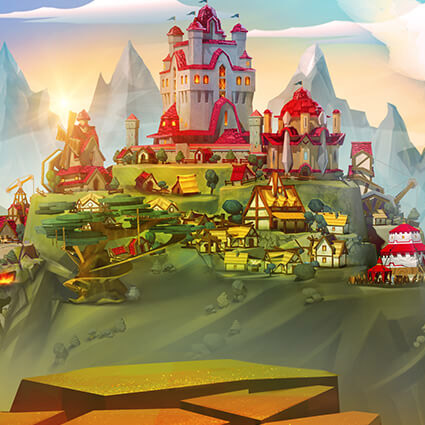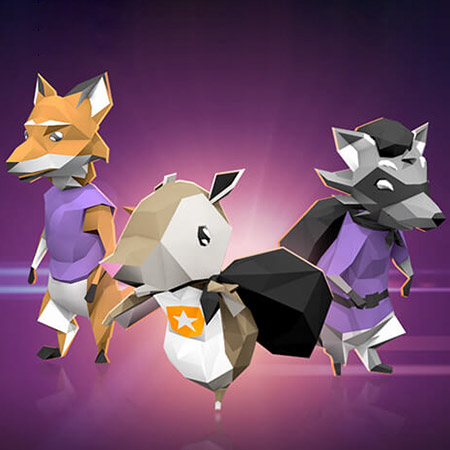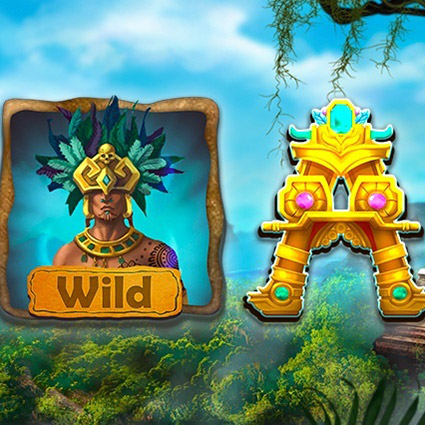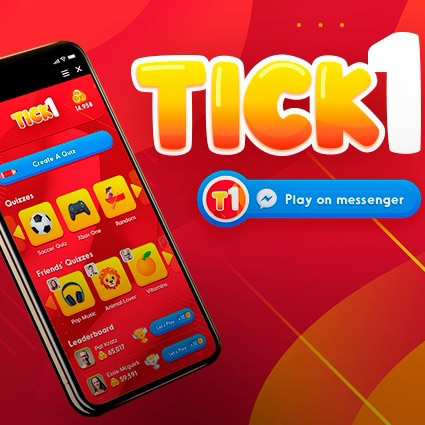Gamification transforms traditional education by introducing interactive elements that align with students' interests and learning needs. Game mechanics such as leaderboards, challenges, and rewards create an engaging environment that motivates learners to stay active and involved. Progress tracking and goal-oriented systems also contribute to improved focus and retention.
Educators are using gamification to bridge gaps in attention, fostering a learning experience that is both enjoyable and effective. Students of all ages benefit from increased participation and the practical application of knowledge in a structured yet dynamic way. Applications range from classroom settings to corporate training, showcasing its versatility.
Studies highlight measurable outcomes such as higher engagement rates, more potent problem-solving abilities, and enhanced collaboration. With technological advancements, more institutions are turning to gamification to support diverse educational goals. Its capacity to adapt across various fields ensures learners gain valuable skills while enjoying a sense of achievement. Through thoughtful implementation, gamification shapes a future where education is both productive and fulfilling.
Understanding the Concept of Gamification in Learning
Gamification adds game-like features to educational practices, enhancing participation and engagement. Elements like rewards, challenges, and leaderboards create a motivating environment. Learners benefit from improved retention and focus, while educators leverage dynamic tools to inspire interest. Both academic institutions and professional training programs increasingly integrate gamification for better outcomes and skill development. This shift makes education both impactful and enjoyable.
What Is Gamification in Learning?
Gamification in learning and development involves the use of game mechanics to transform the educational experience into an engaging and goal-oriented process. Points, badges, and challenges encourage active participation, while clear milestones help learners track their progress effectively. The approach aligns with diverse learning preferences, making complex subjects more accessible and less intimidating.
Roblox educational games exemplify gamification’s impact by combining creativity with learning, fostering skills like problem-solving and collaboration in a fun environment. Beyond classrooms, gamification enhances employee training by creating structured yet enjoyable programs.
Immediate feedback provided in gamified setups improves understanding and helps learners correct mistakes early. Educators can adapt strategies to optimize individual performance. This method bridges traditional teaching and modern interactive techniques, delivering a customized learning journey for all participants.
Adopting gamification in learning environments leads to measurable engagement and skill acquisition improvements. Whether for younger students or professionals, the flexibility to adapt game-like features to unique needs makes this approach widely effective. It energizes learners and enables instructors to track progress with greater precision, ensuring continuous development.
How Gamification Reshapes Traditional Education Methods
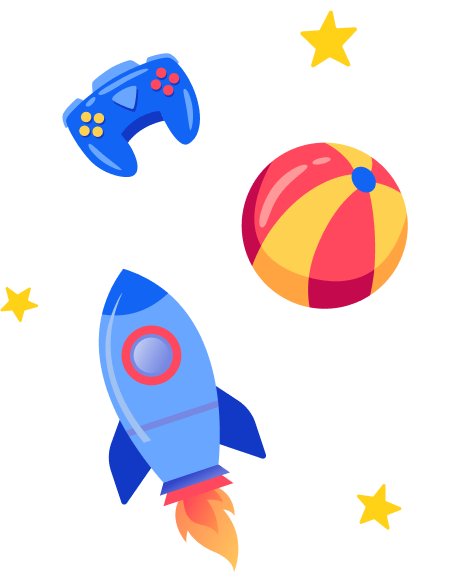
Incorporating gamification into education reshapes outdated approaches by replacing passive instruction with interactive activities. Classrooms adopting gamified tools observe significant boosts in student engagement and collaboration. Levels, challenges, and rewards motivate learners to explore topics actively rather than memorizing facts passively.
Personalized progress tracking ensures learners advance at their own pace. Educators gain valuable insights through real-time analytics, allowing them to adjust lesson plans to meet individual needs. Enhanced retention and skill-building occur naturally in this dynamic environment. Real-world applications highlight how gamification in learning fosters teamwork and critical thinking. The shift toward gamified education demonstrates its potential to make learning relevant, adaptable, and effective for diverse audiences.
Revolutionizing the way students and professionals engage with the material, gamification offers limitless opportunities to rethink traditional teaching. Learners stay motivated while gaining practical skills by turning lessons into challenges and progress into achievements. Both educators and institutions benefit from this transformation as education evolves to meet modern demands.
Exploring the Benefits of Gamification in Learning
Gamification in e-learning and education introduces interactive strategies like challenges, rewards, and simulations that actively engage learners. By making content interactive and goal-oriented, gamification turns the learning process into an enjoyable and productive experience. Both online platforms and traditional education systems have adopted gamified tools to improve knowledge acquisition and application. Notably, gamification in education has even more to offer in the years to come.
Enhancing Knowledge Retention and Recall
Learners retain information more effectively when lessons incorporate gamified elements like quizzes, progress tracking, and achievements. Breaking complex topics into smaller, interactive segments makes processing and remembering key concepts easier. Immediate feedback from gamified systems helps learners quickly address misunderstandings and solidify their knowledge.
Practical tools such as simulations and case-based challenges allow learners to apply theoretical knowledge in real-world scenarios. Interactive experiences strengthen recall by actively engaging learners in decision-making processes that require critical thinking. Studies repeatedly show measurable improvements in retention rates when gamification is applied to educational and training programs.
Gamification in e-learning creates structured pathways for learners to track their growth and stay focused on objectives. Instead of relying solely on traditional methods, educators and trainers can adopt game-inspired techniques to build a deeper connection between learners and the material, improving long-term outcomes.
Encouraging Active Participation and Interaction
Active involvement flourishes in environments enriched with gamified tools. Leaderboards, rewards, and engaging tasks motivate learners to participate in discussions and collaborative projects. Interactive classroom activities designed with gamification encourage teamwork and strengthen peer communication skills.
Replacing passive material consumption with hands-on engagement helps learners gain confidence and develop problem-solving abilities. Virtual scenarios and task-based learning paths create a sense of ownership over the educational process. Learners remain focused on achieving meaningful outcomes by combining interactive experiences with relevant challenges.
Incorporating gamification in learning and education fosters opportunities for students and professionals to practice critical skills in dynamic environments. Customized challenges tailored to the learners' level of expertise make sessions engaging while promoting a deep understanding of concepts. Both educators and participants benefit from the increased interaction, paving the way for stronger collaboration and better results.
Fostering Long-Term Engagement and Motivation
Gamification in adult learning keeps individuals motivated by integrating personalized milestones and goal-oriented activities. Adults respond positively to learning systems that highlight progress and reward achievements, aligning with their need for purposeful and practical outcomes.
Dashboards, progress bars, and performance analytics encourage learners to strive for their goals. Gamified systems, particularly in workplace training, use real-world tasks to make the educational process more meaningful. Adults can directly relate gamified learning to their professional and personal aspirations, improving both focus and dedication.
Interactive experiences tailored to adult learners address challenges like managing time and balancing responsibilities. Programs designed with flexibility in mind accommodate individual schedules while maintaining engagement. Learning environments that incorporate gamification cultivate long-term interest and commitment, ensuring learners not only meet but surpass their goals in rewarding and fulfilling ways.
How Gamification Helps in Learning Techniques
Gamification transforms traditional learning methods by introducing interactive elements that adapt to various techniques and preferences. Personalized game mechanics, goal-based activities, and progress tracking foster engagement while enhancing understanding. By focusing on learners’ needs, gamification ensures skill development and makes complex concepts approachable.
Adapting Gamification to Individual Learning Styles
Effective gamification strategies cater to diverse learning preferences, ensuring every individual benefits from a tailored experience. Whether visual, auditory, or kinesthetic, every learner finds value in tools designed to address specific needs. Below are the ways gamification adapts to various learning styles:
Personalized rewards enhance motivation. Customizable badges, points, or leaderboards encourage learners to meet goals in a way that resonates with their preferences.
Progress tracking supports different paces. Learners can move forward based on their comfort levels, promoting a more tailored educational experience.
Visual tools aid visual learners. Incorporating graphics, charts, or virtual simulations creates an environment where visual learners thrive.
Hands-on tasks suit kinesthetic learners. Activities requiring physical or interactive engagement foster better learning for those who prefer doing over observing.
Story-based challenges engage auditory learners. Narratives with game mechanics create immersive opportunities for auditory learners to absorb information effectively.
Collaborative elements benefit social learners. Group challenges and team-based activities enhance cooperation and learning among socially driven participants.
Gamification promotes a more inclusive and effective learning environment by catering to individual preferences, making sure that no learner is left behind.
Utilizing Game Mechanics for Skill-Building
Game mechanics enhance learning by integrating skill-building opportunities into engaging and structured activities. Learners develop core competencies through interactive tools and goal-oriented tasks. Below are some key mechanics used for skill development:
- Progression systems track growth. Game environment design often includes levels and milestones that align with learners’ improvement.
- Rewards boost performance. Recognition through badges or points motivates individuals to develop essential skills.
- Leaderboards encourage friendly competition. Ranking systems drive learners to improve their performance by fostering healthy rivalry.
- Simulations develop critical thinking. Real-world scenarios in game settings provide opportunities to solve problems creatively.
- Challenges encourage adaptability. Dynamic tasks requiring quick thinking prepare learners to handle evolving situations effectively.
- Interactive tools improve collaboration. Group-based mechanics in gamified environments enhance teamwork and communication.
Skill-building through gamified techniques creates an engaging learning environment while fostering abilities directly applicable in practical contexts. Incorporating well-designed game mechanics into education connects conceptual understanding with hands-on experiences, offering a seamless transition between learning and real-world usage.
Making Complex Topics more Accessible through Gamification
Complex topics often present a barrier to engagement, but gamification simplifies them by creating structured, interactive learning paths. Gamified techniques make it easier for learners to grasp challenging concepts through active participation. Below are specific strategies that help break down complex topics:
- Incremental challenges reduce overload. Breaking topics into smaller sections ensures learners remain focused and engaged.
- Visual representations clarify difficult concepts. Graphics, animations, or diagrams within gamified environments explain abstract ideas.
- Feedback loops correct errors immediately. Learners refine their understanding as they interact with gamified materials, promoting continuous improvement.
- Role-playing enhances retention. Immersive scenarios in game-based learning allow students to apply knowledge practically.
Simplifying complex subjects through gamification provides learners with approachable pathways to grasp challenging ideas. Segmenting material into interactive steps promotes confidence and builds a foundation for mastering intricate topics. Curiosity drives deeper involvement, turning education into a process that is both accessible and intellectually rewarding.
Connect with our team if you need a professional gamification solution in education.
Raising Engagement in E-Learning Through Gamification
Gamification in online learning introduces interactive tools like rewards, leaderboards, and badges to increase engagement. By transforming passive learning into an active experience, it captures attention and motivates users to participate fully. Platforms that adopt gamified strategies foster higher retention and ensure learners stay committed to their educational goals.
Gamification Examples in Learning Platforms
E-learning platforms leverage gamification to enhance user engagement and deliver impactful learning experiences. Below are specific examples of gamification elements in popular platforms:
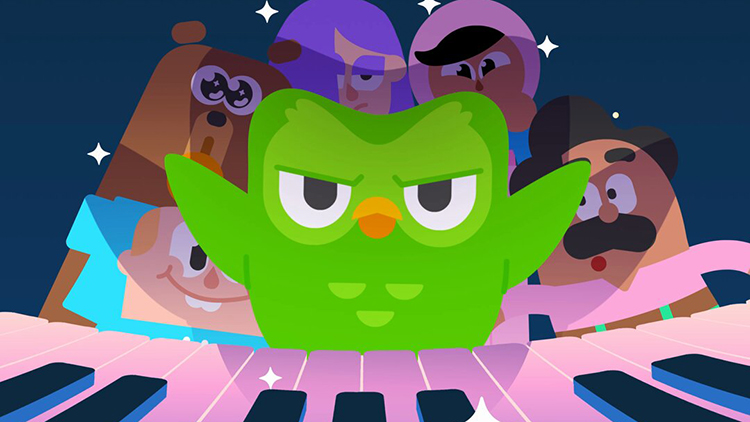
Duolingo integrates streak systems. Learners maintain a streak by practicing daily, reinforcing consistent study habits.
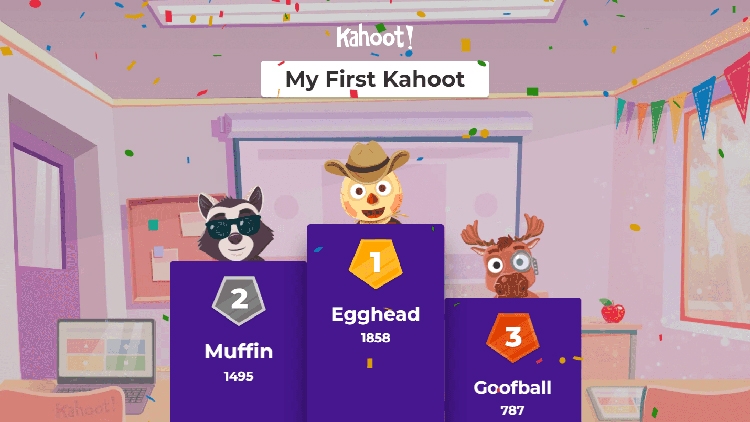
Kahoot uses real-time quizzes. Competitive quiz sessions encourage learners to engage actively while testing their knowledge.
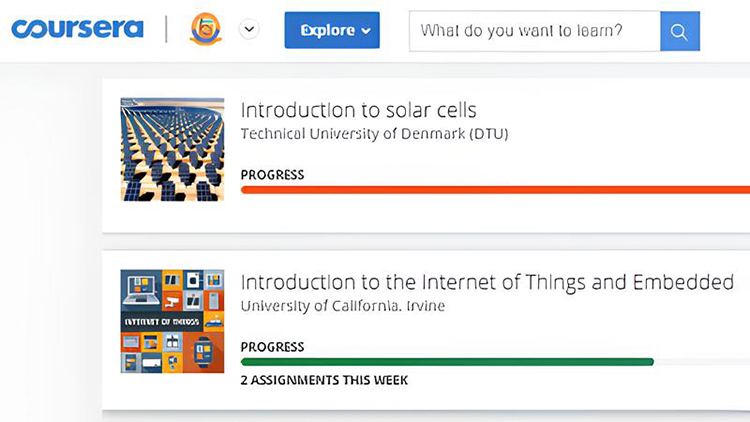
Coursera incorporates progress tracking. Completion certificates and milestone tracking inspire learners to reach their goals systematically.
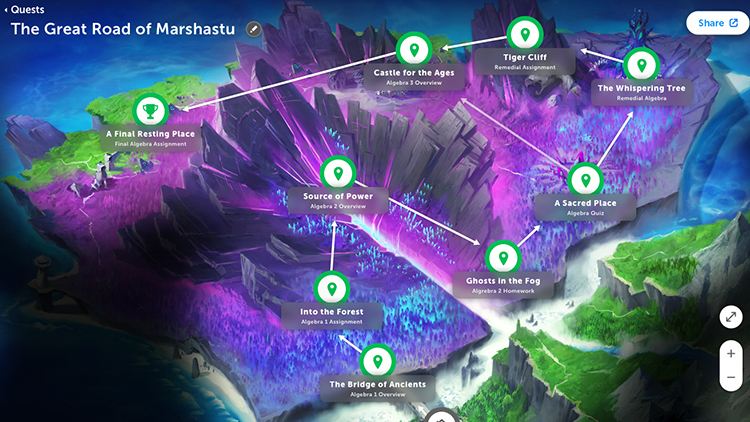
Classcraft turns lessons into games. Students earn points by completing assignments and participating in classroom activities.
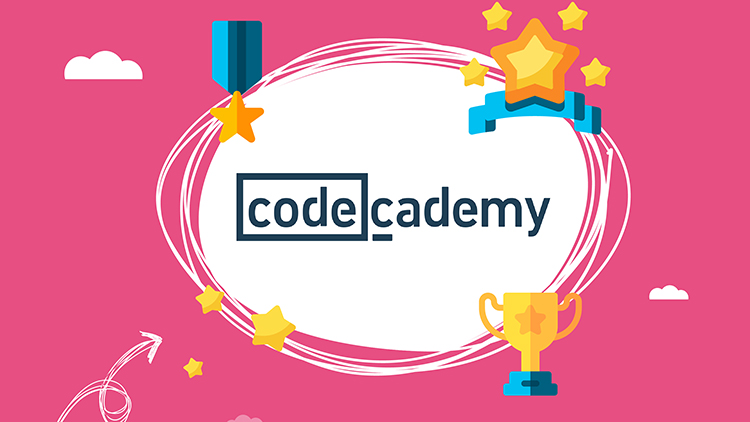
Codecademy includes achievement badges. Progress is celebrated with badges for mastering coding skills and completing exercises.
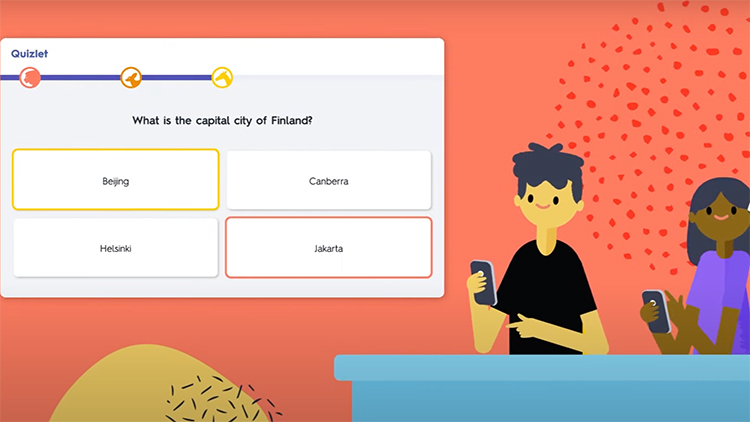
Quizlet enables game-like revision. Flashcards and memory games transform review sessions into fun and interactive tasks.
Platforms applying these techniques create environments that make learning more rewarding and effective for many users.
Integrating Leaderboards, Rewards, and Badges
Leaderboards, rewards, and badges drive engagement by tapping into learners’ intrinsic motivation and competitive spirit. These elements transform educational activities into structured challenges with tangible outcomes:
- Leaderboards inspire friendly competition. Ranking learners based on performance motivates participants to strive for higher positions while benchmarking their progress.
- Rewards provide goal-oriented incentives. Points, virtual prizes, or discounts act as powerful motivators, encouraging users to complete tasks or modules.
- Badges signify achievements. Earning badges fosters a sense of accomplishment and helps learners visualize their progress throughout the course.
Integrating these features into e-learning ensures participants remain focused on their goals while making the experience engaging. Programs utilizing such tools cultivate a culture of active learning where learners stay motivated to improve their skills and achieve milestones.
The Role of Gamification in Corporate Learning
Gamification in corporate learning transforms traditional training programs into engaging, goal-driven experiences. Organizations create environments that encourage participation and improve knowledge retention by integrating elements such as points, challenges, and leaderboards.
Gamification in Employee Training Programs
Corporate training programs utilize gamification to increase engagement and foster skill development in dynamic ways. Below are practical examples of how gamification enhances employee learning:
Gamification in corporate learning not only boosts engagement but also nurtures a culture of continuous improvement. Employees develop confidence in their skills, creating a ripple effect of motivation and efficiency across teams.
Overcoming Challenges in Implementing Gamification at Scale
Implementing gamification across an organization requires addressing several key challenges. Below are strategies to overcome common barriers:
- Aligning objectives with gamification goals. Clear connections between gamified activities and organizational priorities increase training effectiveness. A well-structured program ensures gamification directly supports broader business outcomes like improved productivity or skill alignment.
- Choosing scalable platforms. Solutions like Roblox simulation games provide flexible tools for engaging large teams without excessive resource demands. These platforms accommodate varying levels of technological infrastructure, making them suitable for organizations of all sizes.
- Addressing varying employee preferences. Offering diverse gamified options accommodates different learning styles, improving participation rates. Flexible systems can cater to visual, auditory, or kinesthetic learners, ensuring inclusivity in training efforts.
- Managing costs effectively. Leveraging existing tools and minimizing unnecessary features keeps gamified programs affordable. Thoughtful budget allocation ensures that gamification remains a practical solution rather than a costly experiment.
- Providing clear guidance for employees. Structured onboarding explains the purpose of gamified elements, ensuring all participants understand how to engage effectively. Tutorials or introductory sessions can clarify expectations and highlight the benefits of participation.
Scaling gamification requires thoughtful planning and careful adaptation to meet the needs of diverse learners. When executed effectively, corporate training transforms into a strategic tool for employee growth, fostering long-term engagement and measurable success.
Measuring the Success of Gamification Initiatives
Evaluating the effectiveness of gamification initiatives requires a focus on measurable outcomes that align with learning goals. Below are practical steps to assess success:
- Tracking completion rates. Higher course completion rates indicate increased engagement and a greater willingness to participate in training programs.
- Analyzing progress data. Reviewing learner performance across tasks and challenges highlights areas of improvement and confirms knowledge acquisition.
- Monitoring learner feedback. Surveys and feedback tools gauge participants’ satisfaction and provide insights into areas requiring refinement.
- Assessing retention and application. Comparing knowledge retention before and after gamification identifies how well learners apply concepts in real-world scenarios.
- Measuring performance improvements. Key metrics such as productivity, problem-solving efficiency, and task accuracy demonstrate the initiative’s direct impact on skills development.
Long-term success also depends on whether learners remain engaged beyond the initial implementation phase. Gamification initiatives that adapt based on learner data are more likely to sustain interest while delivering meaningful results.
Future of Gamification in Learning — What’s Next?
The future of gamification in learning promises more personalized and immersive experiences. Technologies like AI-driven customization, VR-based simulations, and adaptive challenges are transforming traditional educational practices. With advancements in analytics, gamification will offer even greater insights into learner progress, enabling educators to create more impactful programs. As trends evolve, gamification will remain a cornerstone of modern learning strategies.
Trends Shaping Gamification in Learning
Emerging trends in gamification are redefining how learners engage with educational content. Below are key developments shaping its future:
- AI-enhanced personalization. Algorithms tailor challenges, rewards, and feedback to individual learner preferences, maximizing engagement.
- VR and AR integration. Immersive technologies enable learners to interact with lifelike environments, adding realism to gamified tasks.
- Social learning elements. Features like team-based competitions and collaborative missions encourage interaction and peer learning.
- Gamification for soft skills. Programs targeting leadership, communication, and adaptability use realistic simulations to strengthen essential skills.
- Data-driven insights. Advanced analytics tools provide educators with actionable information to refine gamified experiences.
- Cross-platform accessibility. Mobile and cloud-based gamification ensures learners can engage anytime, anywhere, making it more inclusive and practical.
As these trends grow, gamification will continue to evolve, offering opportunities for richer, more engaging learning experiences across diverse contexts.
Innovations Driving the Evolution of Gamified Education
Technological advancements and creative approaches are revolutionizing gamified education. Below are key innovations shaping its evolution:
- AI-powered adaptive learning. Systems driven by artificial intelligence create personalized experiences, adjusting challenges and content to suit individual learning speeds and styles.
- VR-enhanced simulations. Immersive environments allow learners to practice real-world scenarios, such as medical procedures or workplace safety, in a risk-free setting.
- Blockchain for credentialing. Digital badges and certificates issued through blockchain provide secure, verifiable proof of skills and achievements.
- Mobile-first gamification. Optimized for smartphones, gamified learning tools make education more accessible, ensuring engagement across all devices.
- Integration of neuroscience insights. Gamified platforms now utilize findings from cognitive science to improve memory retention and focus.
- Interactive storytelling mechanics. Narrative-driven games immerse learners in scenarios that require decision-making and critical thinking, making lessons more engaging.
The integration of cutting-edge technologies transforms educational processes, promoting active participation and practical skill development. These changes pave the way for a future where learning becomes both more engaging and outcome-driven, empowering individuals to achieve their goals with greater confidence.
Game-Ace's Part in Bringing Gamification to Learning for You
Game-Ace, a custom game development company, delivers innovative gamified solutions designed to elevate learning experiences. From dynamic educational modules to immersive simulations, our tailored approaches engage learners while driving skill retention.
Whether enhancing e-learning platforms or transforming corporate training, we craft solutions aligned with your goals. Let our expertise bring your gamification ideas to life with results that matter. Have a project in mind? Contact us to start building impactful educational tools!
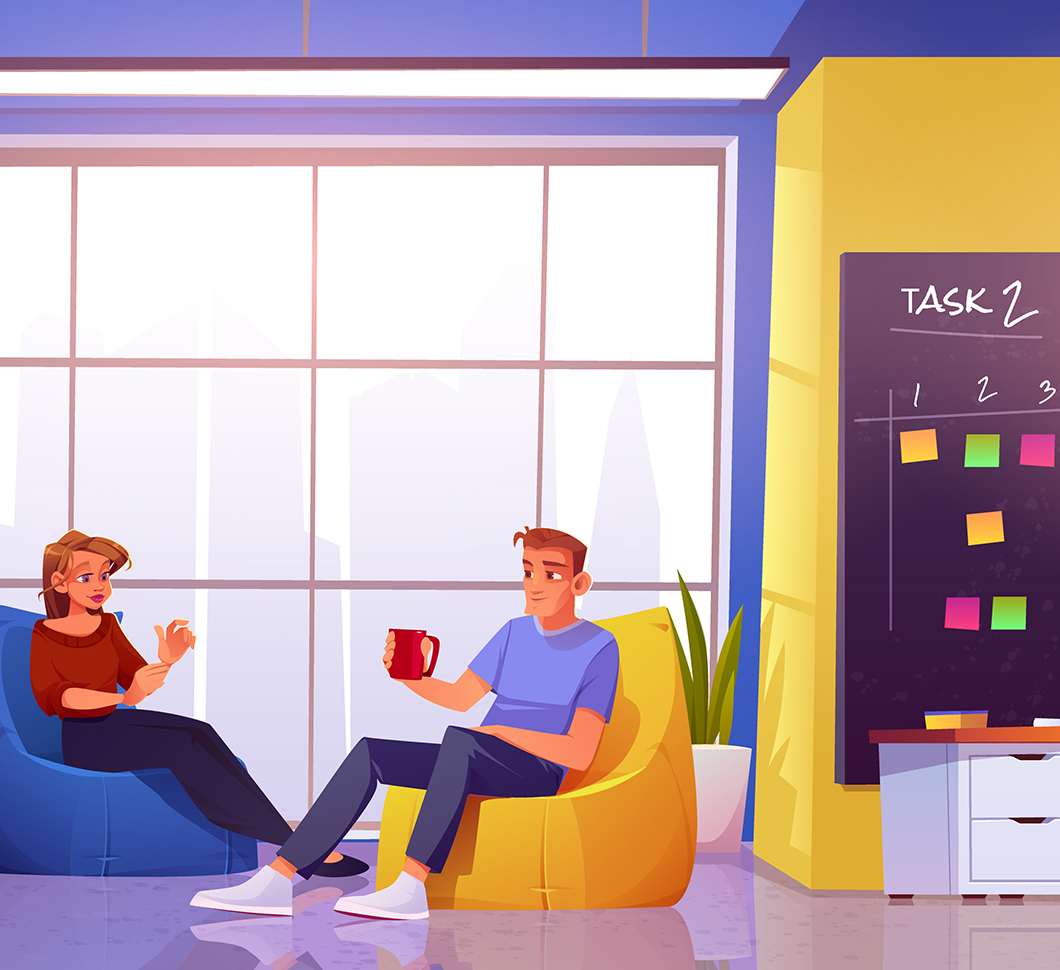 Key Trends Shaping Gamification in Recruitment for 2026 and Beyond
Key Trends Shaping Gamification in Recruitment for 2026 and Beyond  How to Create Crypto Casino Games the Right Way
How to Create Crypto Casino Games the Right Way  AI Recruitment Games: From Real-Time Assessments to Better Hiring Outcomes
AI Recruitment Games: From Real-Time Assessments to Better Hiring Outcomes  Games for Business: Proven Strategies for Engagement and Growth
Games for Business: Proven Strategies for Engagement and Growth 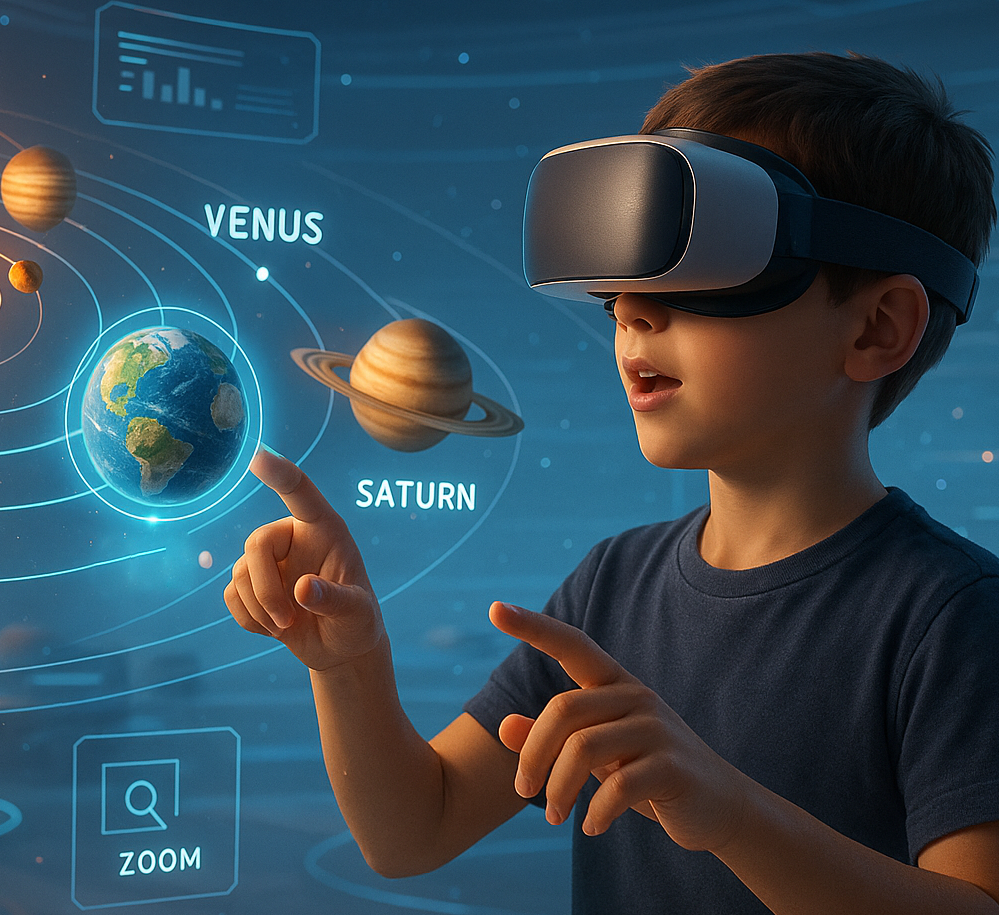 How to Design Learning Games for Kids That Teach Real-World Skills
How to Design Learning Games for Kids That Teach Real-World Skills 








